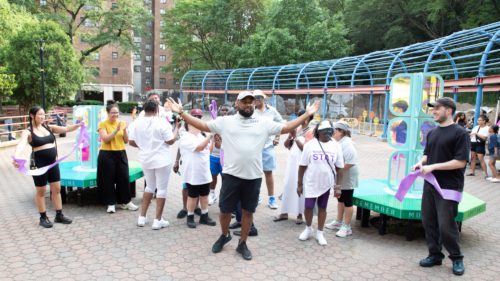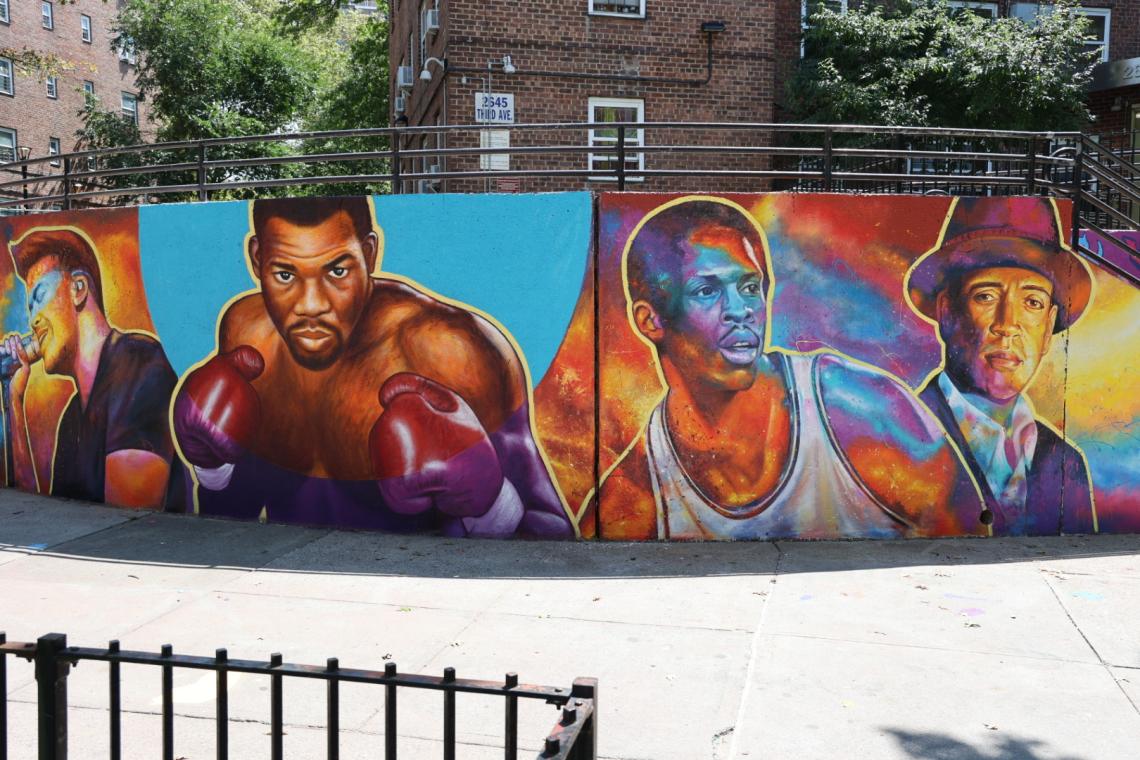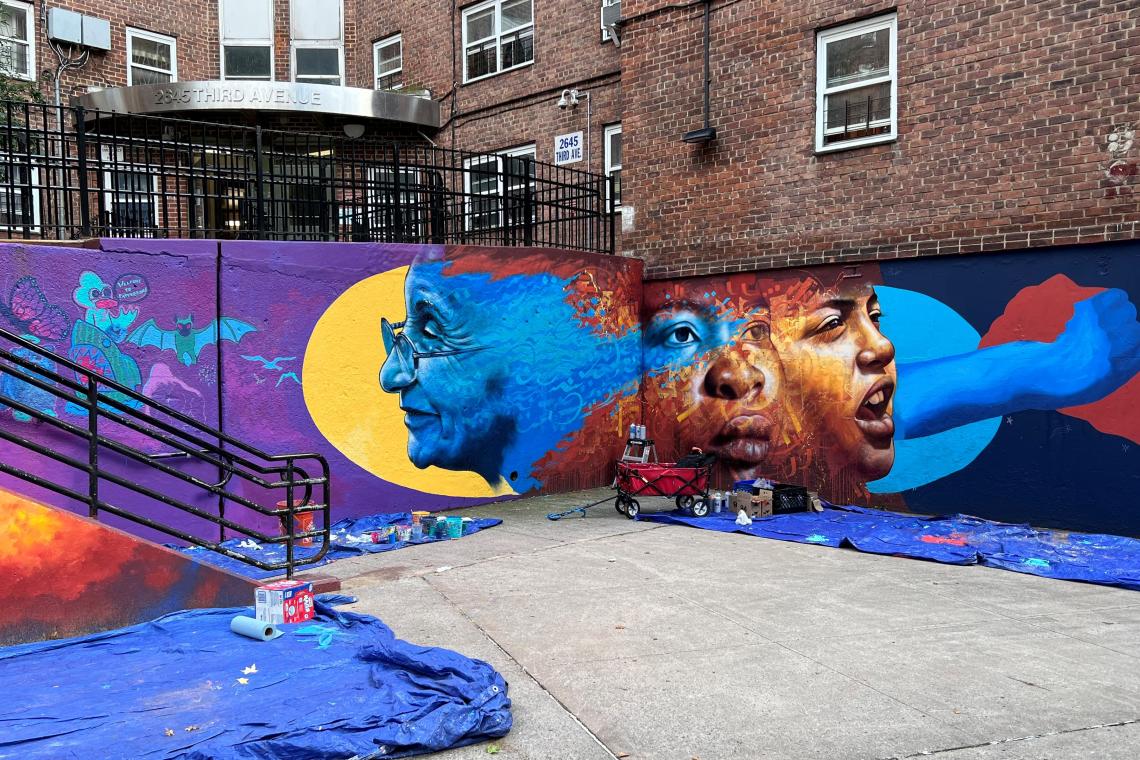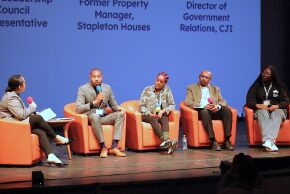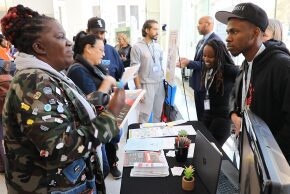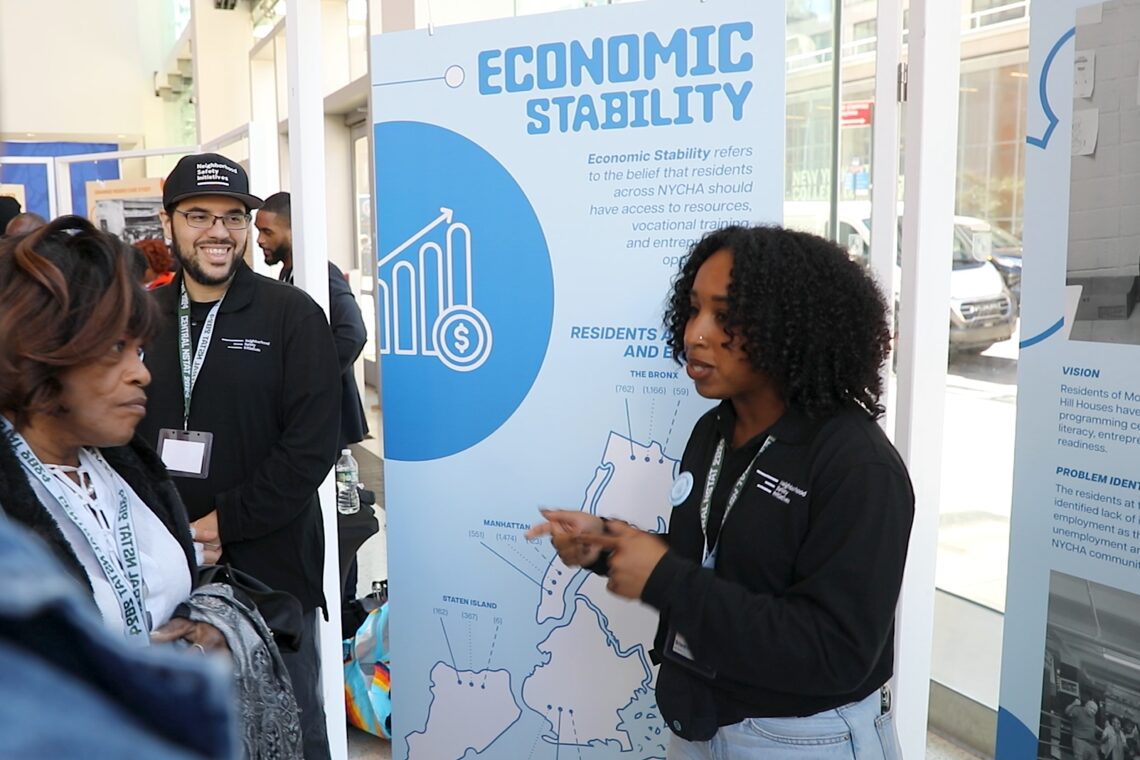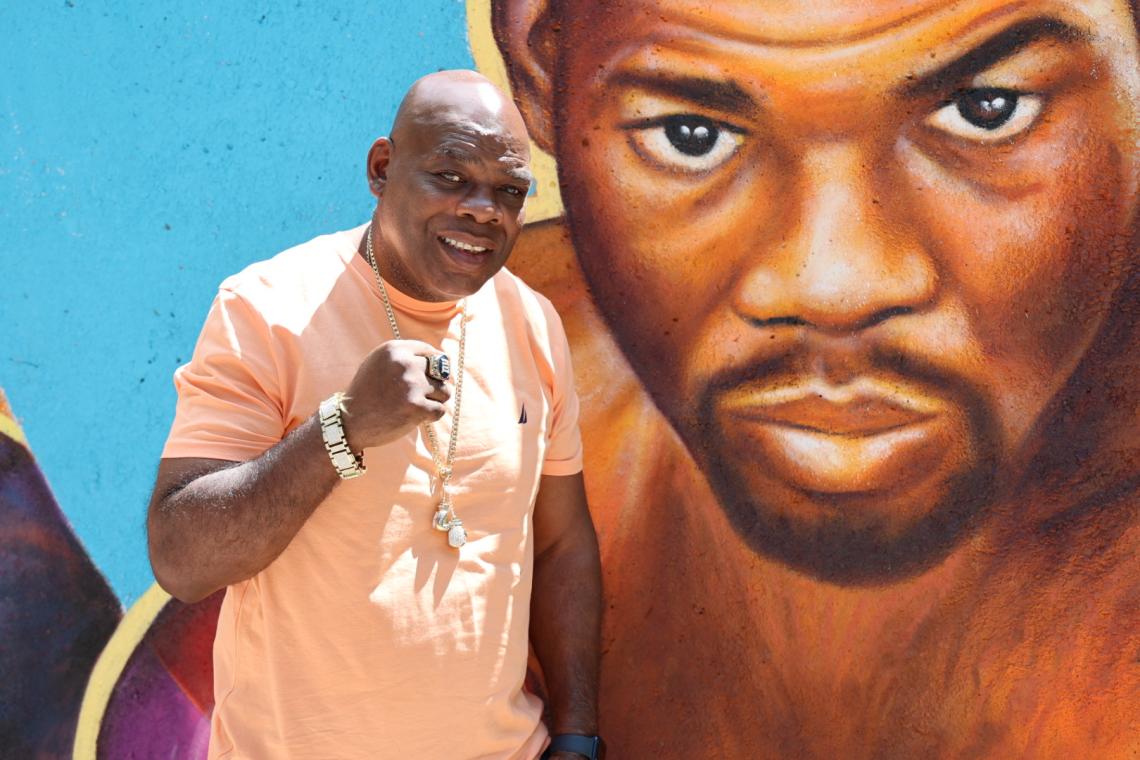
To build lasting safety, we need to invest in communities. Through a unique model of civic engagement, our team puts resident voices at the center of those investments.
Investing in strong, healthy communities is crucial to achieving lasting safety. But who’s in charge of making those investments, and how do we make sure community members themselves play a role in decisions that impact them?
Our Neighborhood Safety Initiatives program gives public housing residents across New York City a chance to do just that. Through a process called participatory budgeting, thousands of tenants from New York City Housing Authority (NYCHA) sites across the five boroughs cast their votes on how they would like to see government funds put to use in their own communities. The results are as diverse as the needs and priorities of the communities that participate: youth-designed murals, green spaces, recreational areas, and more.
Last year, more than 20,000 public housing residents we worked with citywide voted on how to spend investments of $30,000 into their developments. In one recent project in the Bronx, a vote by more than 800 Castle Hill Houses residents resulted in a new barbecue area and the first-ever dog park on a NYCHA campus.
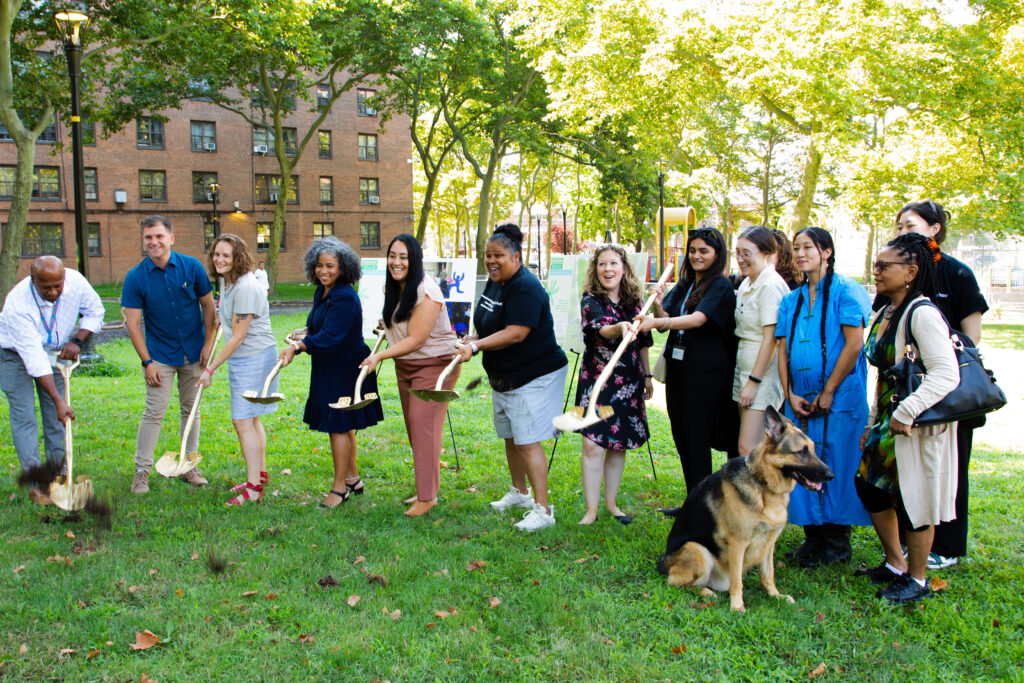
This unique model of civic engagement puts residents at the center of investment, public safety, and policy change.
Neighborhood Safety Initiatives organizers begin by working with residents to assess community needs, understand the physical layout and resources of the area, and identify non-traditional leadership. Then they train groups of residents to become organizers and leaders themselves, giving them the tools to drive community-led solutions to local challenges.
Community members don’t just decide on local investments—they often play a role in implementing them as well. In the Patterson Houses in the Bronx, Neighborhood Safety Initiatives supported a group of residents, including kids and seniors, in designing a collection of murals for the Houses’ exterior under teaching artist Joel Bergner. The result was a rich celebration of Patterson’s residents, including portraits of notable people who grew up in the development.
But Neighborhood Safety Initiatives doesn’t stop at giving residents a role in public budgets; they also work to include community members in decision-making around policies that impact their neighborhoods.
At the NeighborhoodStat Community Policy Breakfast in Brooklyn, our team joined local leaders, elected officials, and residents from more than 30 public housing sites across the city to shine light on resource gaps, safety concerns, and quality-of-life challenges identified by community members themselves.
The event was part of a larger, resident-led project to develop long-term policy goals across five priority areas: physical space, economic stability, safety and justice, health and well-being, and youth development.
Investing in the fundamental pillars of community well-being—vibrant public spaces, positive activities for young people, economic opportunities—is key to building sustainable solutions for our communities. Including residents themselves in that process can help ensure those investments actually meet community members’ core needs, rather than needs identified by remote officials. And it can foster new forms of civic engagement that build bridges between our communities and the systems that serve them.
